For every 11 minutes that pass, a person loses their life to suicide. According to the CDC (Centers for Disease Control and Prevention), in 2023, over 49,000 people died by suicide. It is currently the 11th leading cause of death in the United States, and globally, it is the third leading cause of death for young people between the ages of 15 and 29. These statistics alone are concerning worldwide because suicide is the act of taking one’s life voluntarily, and there are ways to reduce these numbers and save more lives.
As the statistics show, suicide is more common among young adults and teens, mostly because of the little mental health awareness and real support there is at schools and at home. Even though, through the years, as a society, we have gotten better at treating mental illness and disorders, there are still a lot of misconceptions about it. People often tend to believe depression and anxiety are usual everyday feelings for teens and that they’ll eventually grow out of them. But the reality is that these are real mental health conditions that can affect even your physical health.
According to NAMI, people with depression have a 40% higher risk of developing cardiovascular and metabolic diseases. These numbers show how crucial it is to have real talks about mental illness and help resources because no matter what the diagnosis is, all of them can lead an individual to suicide one way or the other, and family, friends, and communities play a key role in giving support to those who need it.
Andres Hernandez, a junior film major at LVA, said, “A lot of people assume that if someone isn’t very clearly struggling, then they don’t have any problems, even though a lot of the time it’s an internal conflict that isn’t always apparent and that can kind of haunt you every moment of the day.” This huge misconception blinds us to noticing who is struggling and what to do to assist them.
It’s exactly why we have Suicide Prevention Month, why organizations are advocating for mental health, and why there’s so much need for schools to have counselors and even social workers. It’s a very well-proven issue that teens today struggle with mental illness, and because of the misconception there is about it, they often don’t ask for help or don’t even know who to reach out to until it’s too late to save them.
Every day, we lose someone to suicide; today, maybe no one you know. Tomorrow, it could be someone in your close family or friends, and you wouldn’t even know because people tend to ignore the signs and not ask how their loved ones are really doing. You never know the silent battles people are going through, and you never know how low in their lives they are until you realize you never even asked.
Sariah Nokes, the peer program manager of the National Alliance on Mental Illness (NAMI) of Southern Nevada, said, “I think we’re all afraid to ask the question, ‘Are you thinking about suicide?’, but research shows that that opens up the conversation.” The first step in helping someone is letting them know they are safe to share their feelings with you. This action, no matter how little it seems, can sometimes save their life.
Suicide Prevention Month matters to you, and to everyone, because you never know who is struggling. We aim to raise awareness about this issue by highlighting the warning signs, available resources, and ways to offer support. Our goal is to reduce these statistics and remind people that their lives are valuable. Even when times seem challenging, it’s essential to stay hopeful, as life can improve. Most importantly, every life matters, including your own. Reach out if you need help because everyone deserves support and care.



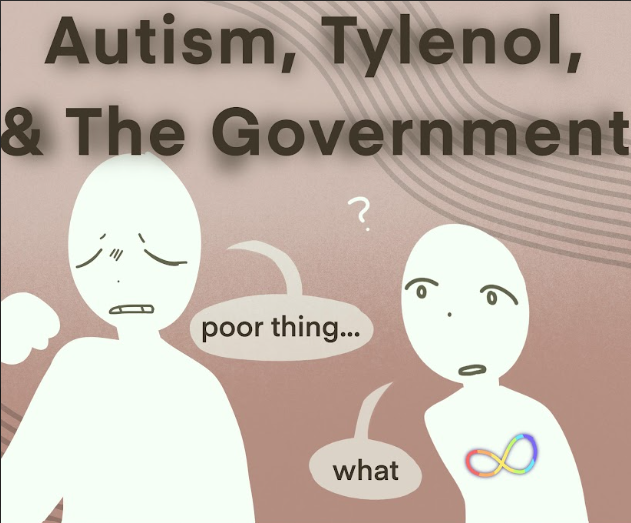
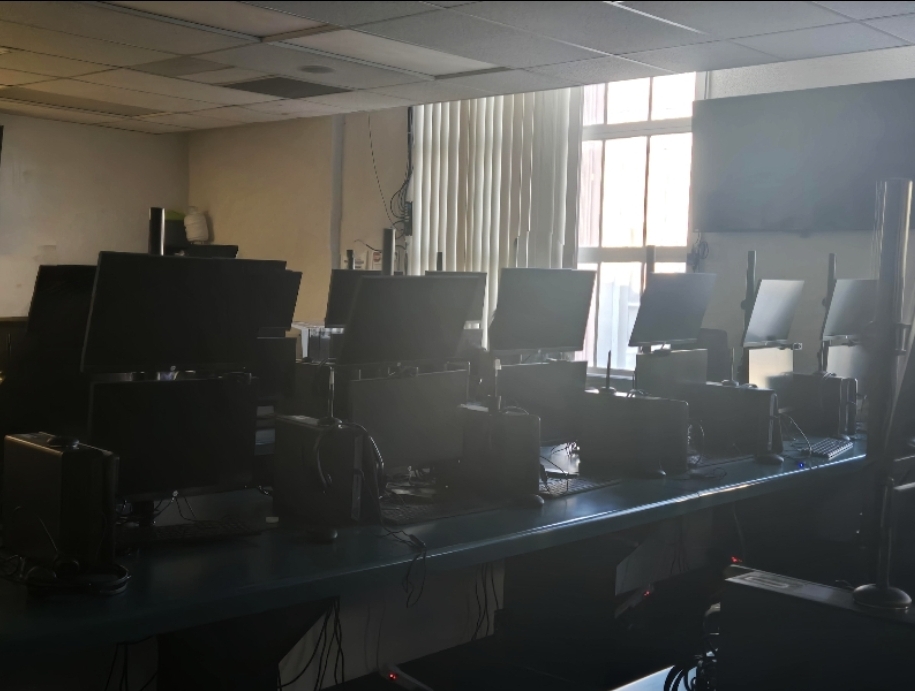
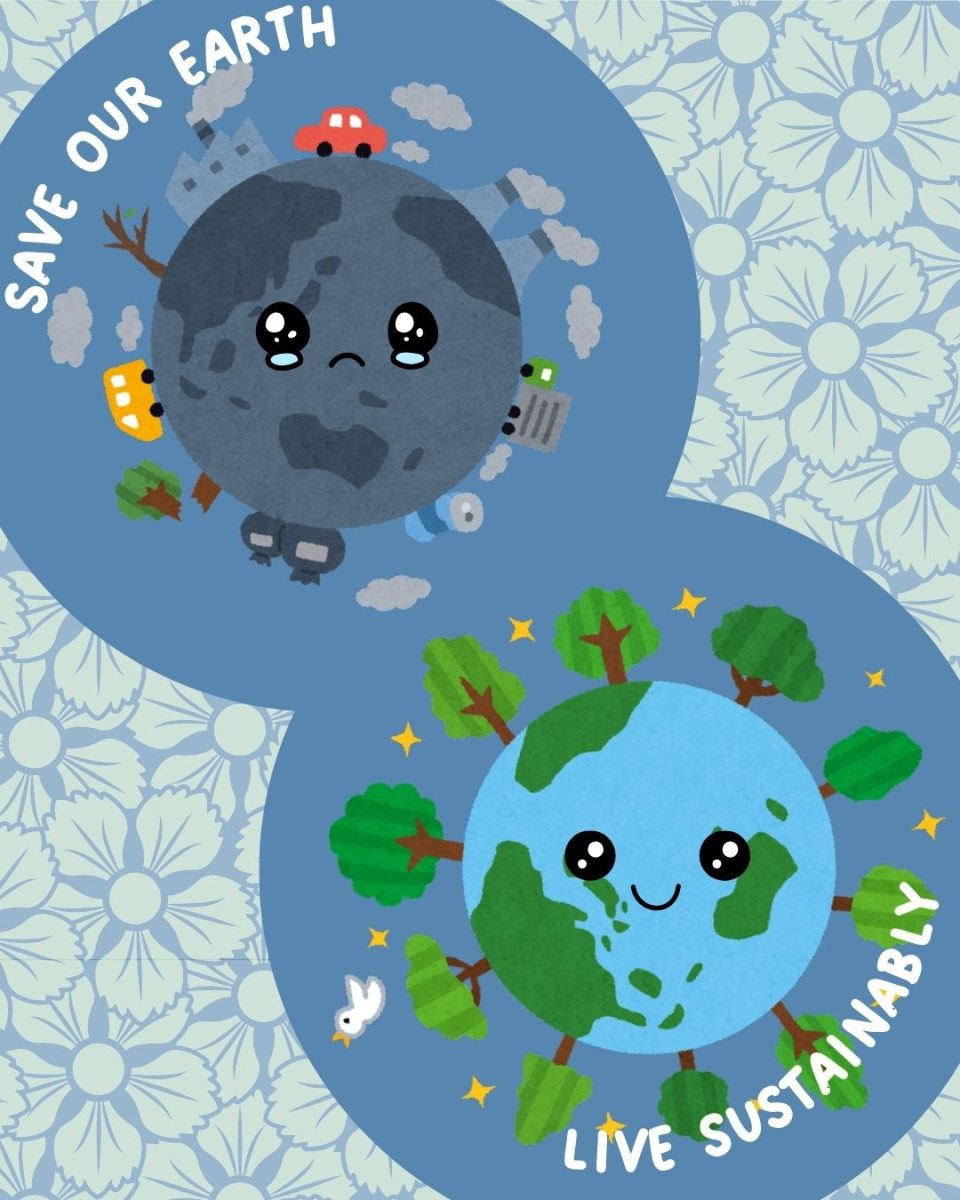


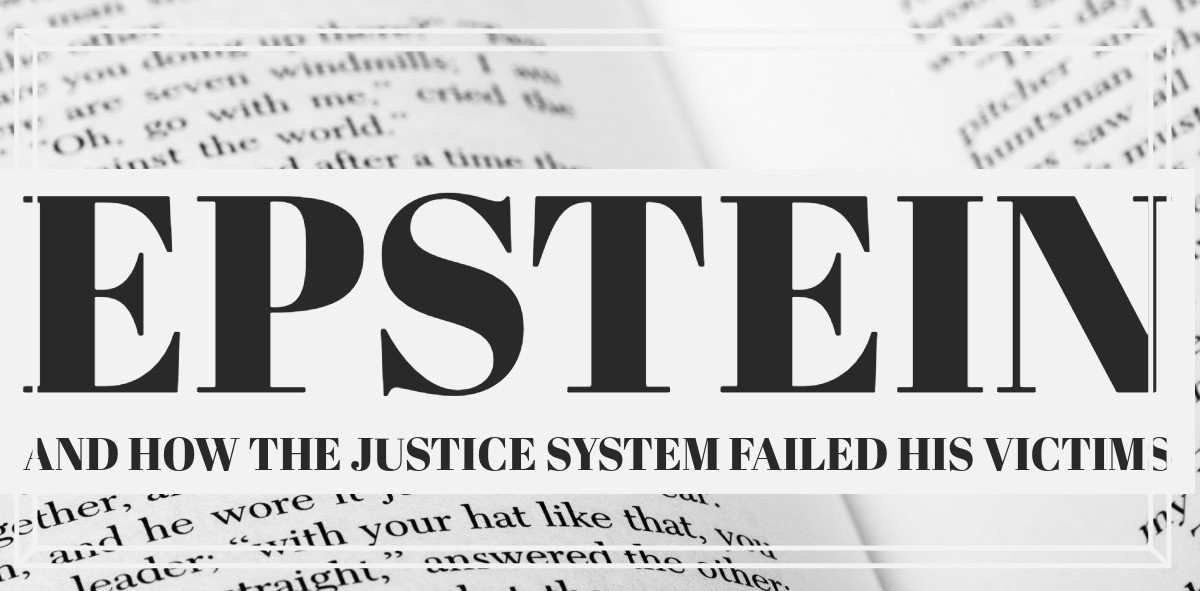







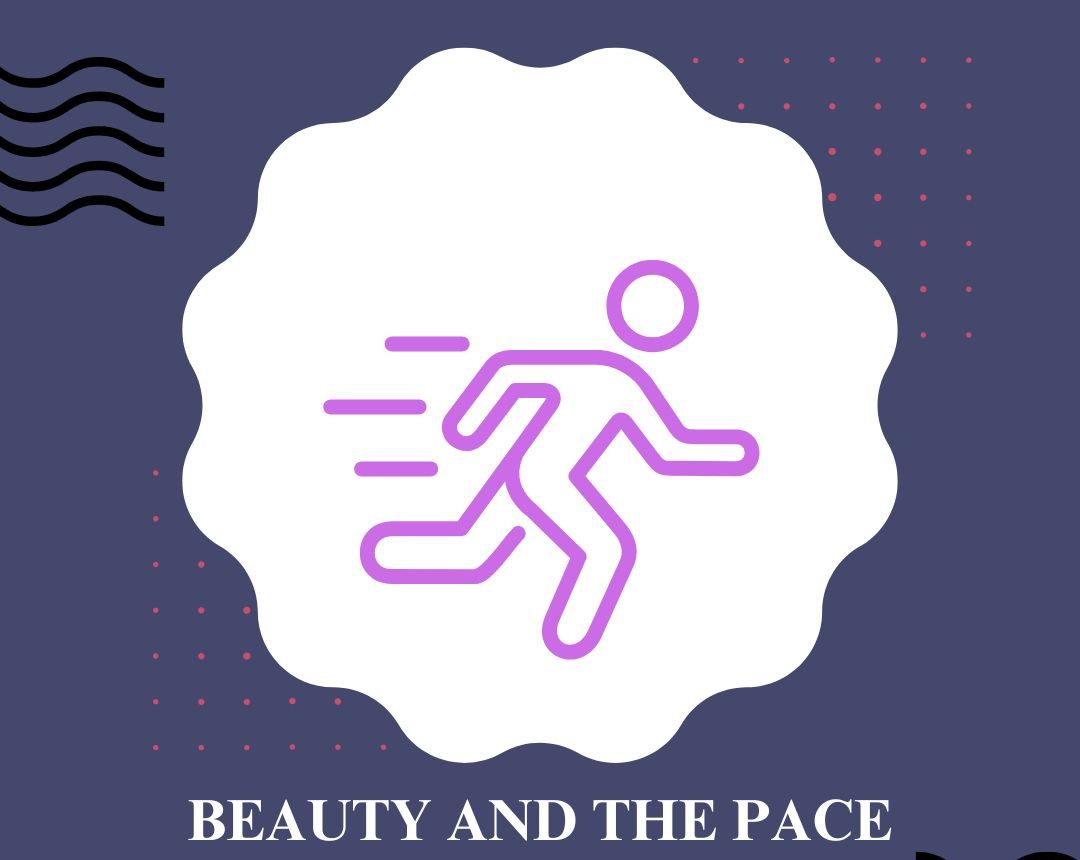




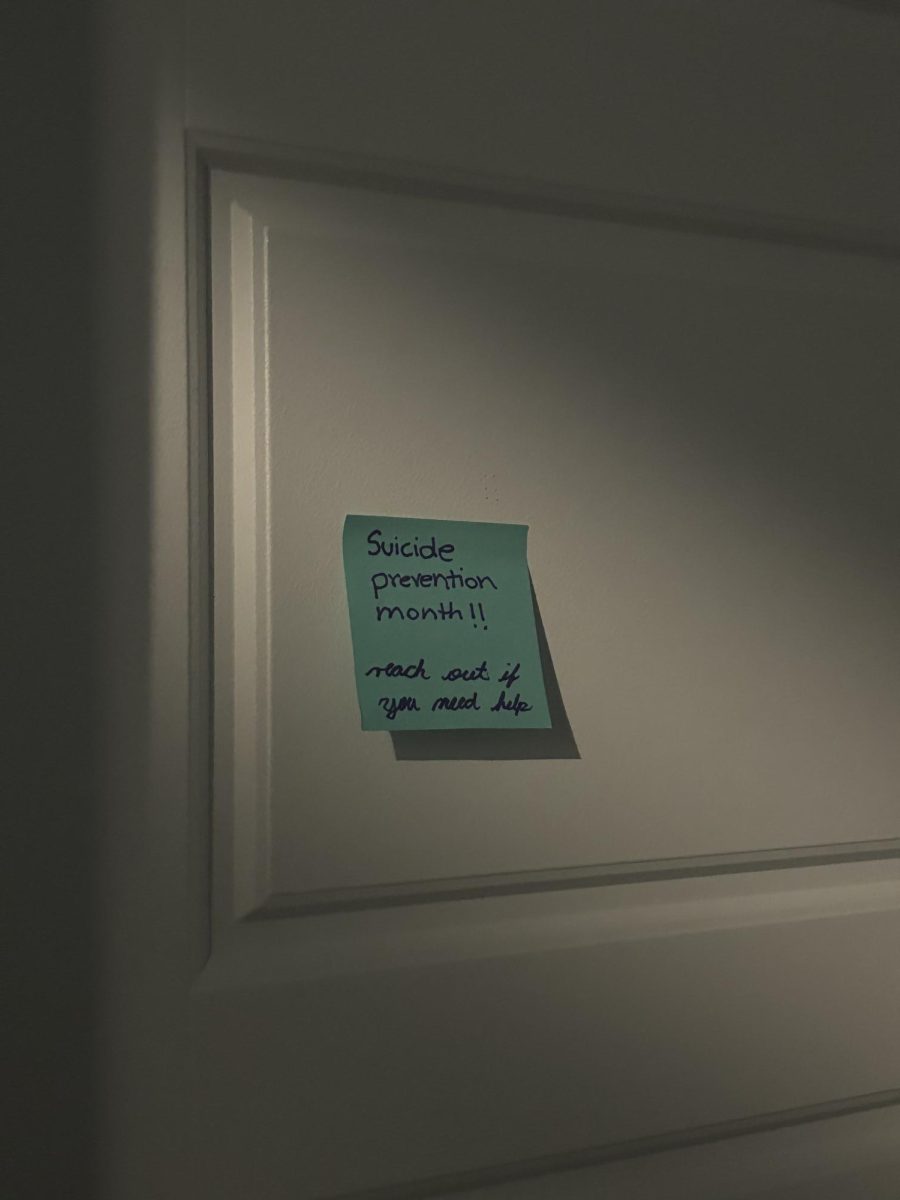


Nahomi • Sep 30, 2025 at 9:29 pm
Nice article Nic, we all should we aware about mental illnes and how to ask for help no shames.